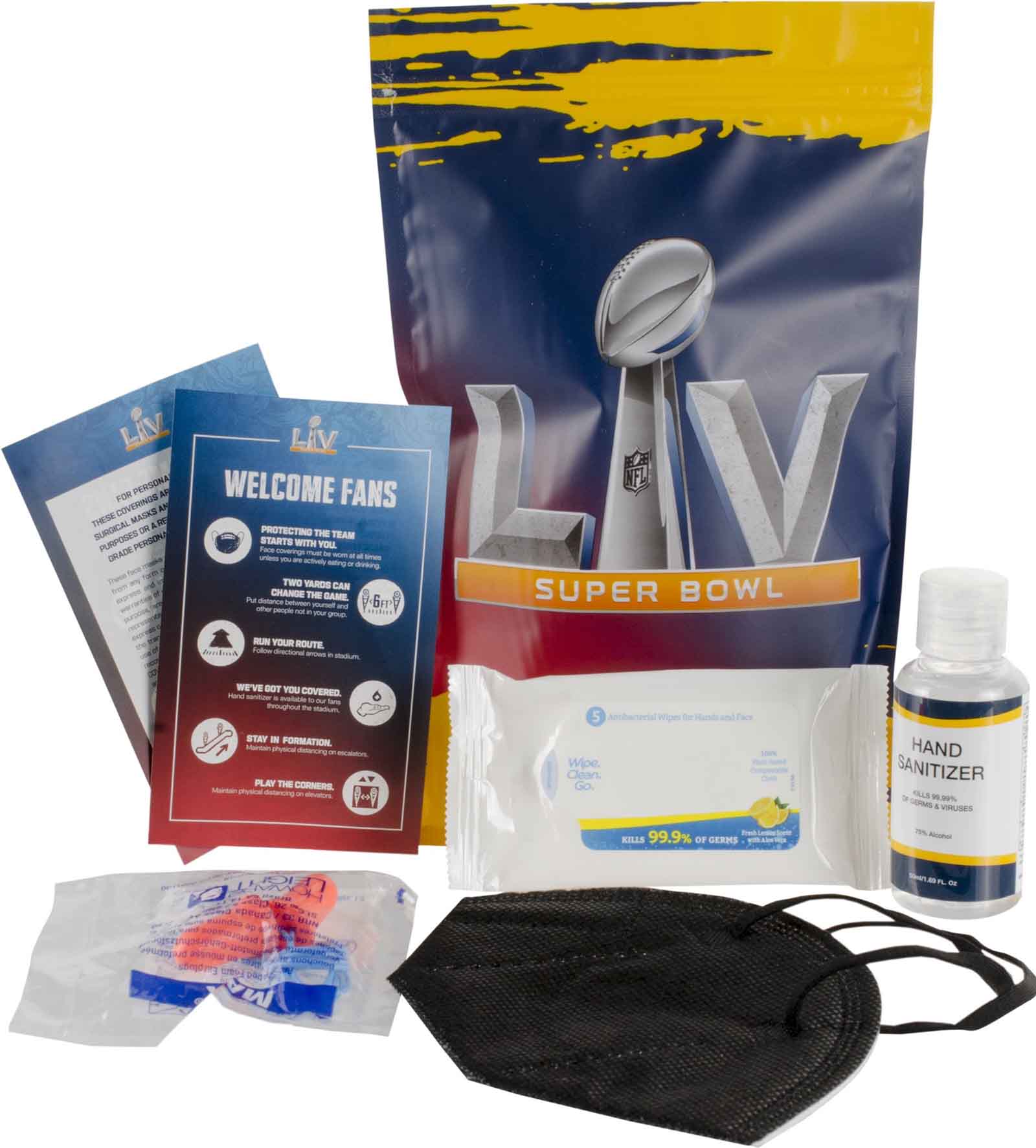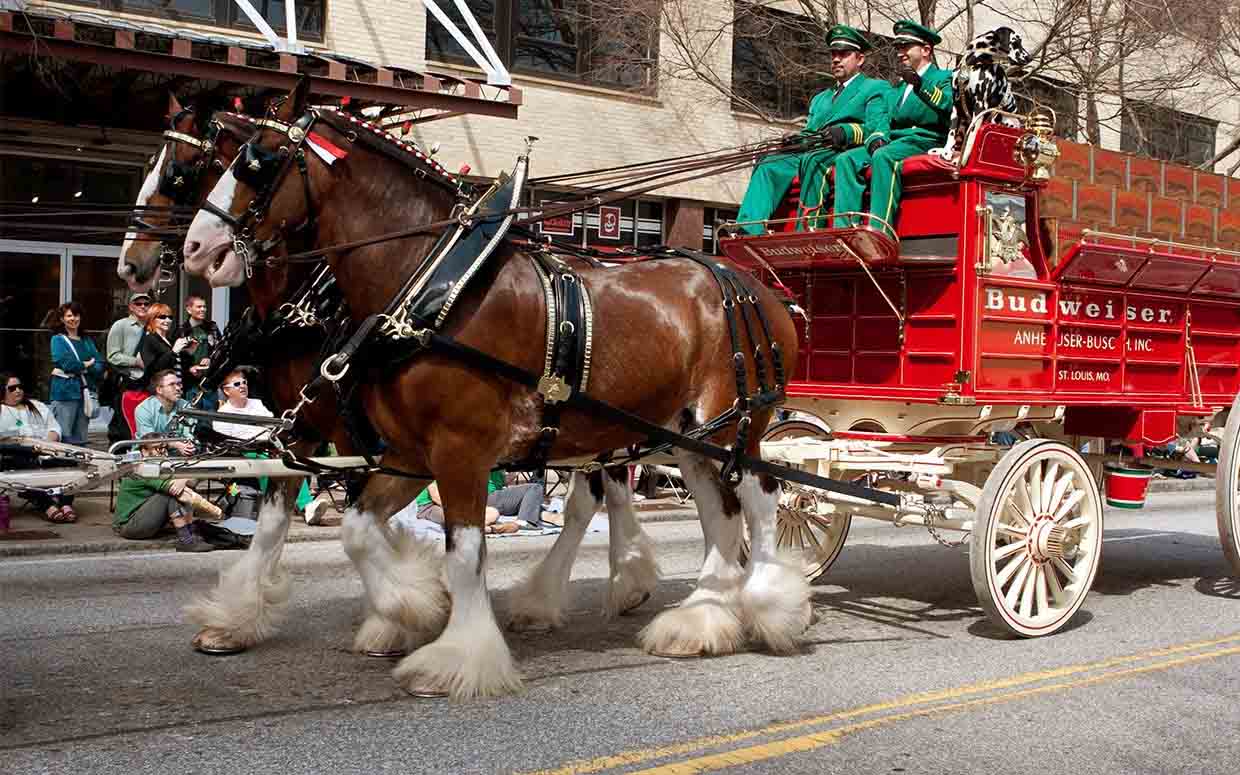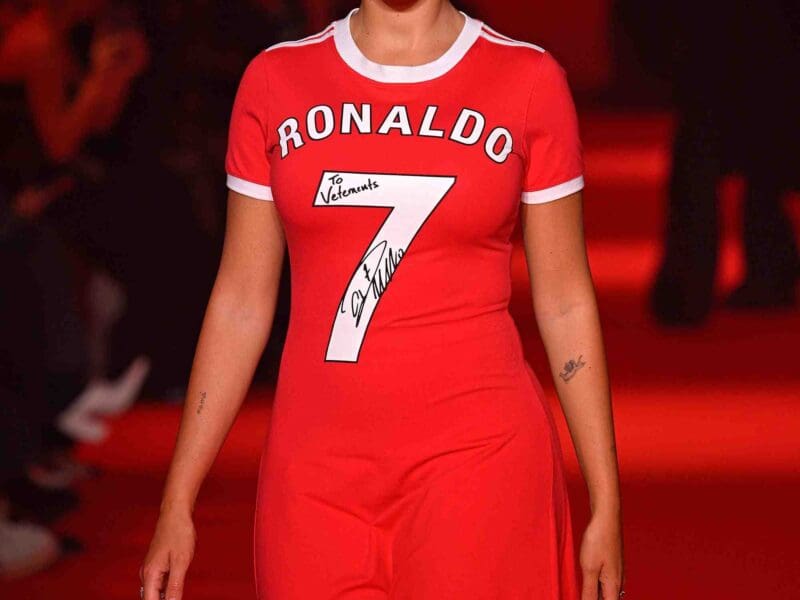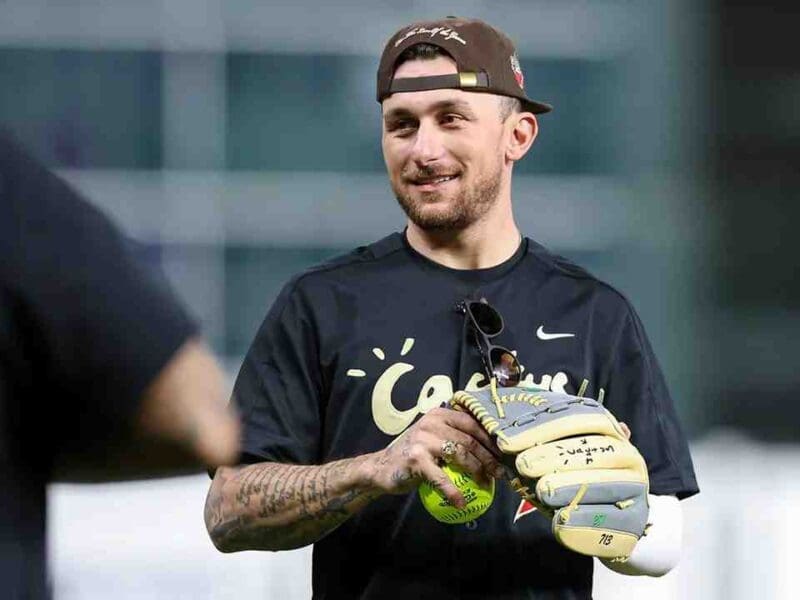
Super Bowl LV: How it was affected by the COVID-19 pandemic
Super Bowl LV was unlike any other Super Bowl before it. From the lowest attendance on record (including the first Super Bowl which was at one third capacity) to missing brand advertisements there were a lot of changes that needed to be made thanks to the pandemic.
Let’s take a look at all the ways Super Bowl LV felt different than in years past.

Low attendance
One of the biggest changes for the Super Bowl was the crowd – or to some, lack thereof. There were approximately 25,000 people in attendance, which sounds like a lot of people, but it’s actually the lowest attendance rate in the championship game’s history. If you watched the game and saw packed seats most of the “people” you saw were actually cardboard cutouts to make things look normal for everyone watching at home.
Raymond James Stadium, where Super Bowl LV was held, has a seating capacity of 65,890 – meaning the seats were approximately 63% empty. The cutouts of celebrities and football fans staying home were also used as a social distancing mechanism to keep attendees away from other fans not from their group.
Plus, 7,500 of those attendees were full vaccinated healthcare workers (most of who were Floridians, so little travel was necessary) who were invited to be there for free. Some people posed concern that these vaccinated people could still pass COVID-19 to other people, but they were still undergoing proper masking and social distancing, among other practices.

PPE kits
Fans who attended were also provided Super Bowl LV branded PPE kits. Whether they wore the provided mask or not they were required to wear a mask, but they were allowed to bring their own. The kits included other items such as hand sanitizer, wipes, and earplugs (it was still noisy there).
There were also social distancing markers throughout the stadium to ensure fans were keeping six feet apart from one another as well as cashless payment.
The CDC was consulted for health protocols regarding the event, which is definitely a Super Bowl first.

Advertising changes
Even for at-home fans there were some noticeable changes to the Super Bowl LV experience – one of the biggest was a notable absence in big brands not airing commercials. Recognizable companies are practically expected to have extravagant and often silly ads between football plays.
Budweiser made a splash announcing they wouldn’t be creating a clydesdale horse commercial like usual – instead they’d be using those millions of dollars for COVID-19 vaccine education in the hopes of encouraging more people to get the shots when it’s their turn.
Other brands skipped airing multi-million dollar ads due to decreased sales due to the pandemic. These brands included Coca-Cola, Pepsi (though they still sponsored the halftime show), Olay, Hyundai, Ford, Avocados from Mexico, and Little Caesars.

Halftime show
The halftime show was mostly what you’d expect, and for people who were hanging around watching the game solely for The Weeknd’s performance that was a relief. Jesse Collins, the producer of Super Bowl LV’s halftime show, said that they worked hard to make this year’s show feel like a normal Super Bowl performance while also keeping in mind precautions.
“We really worked hard to push the creative to where viewers will still have spectacle.”
Collins also said that they worked to send messages of “unity and togetherness”, but for the most part the performance was meant to be the focus so that everyone could “come together and escape with great music”.

Conclusion
In the end the gameplay was there, the music was there, and a few of the fans were there. Super Bowl LV may have been different and we all hope that next year’s will be more like years past, it was nice we could all still live-tweet the event like we would have on any other year.







